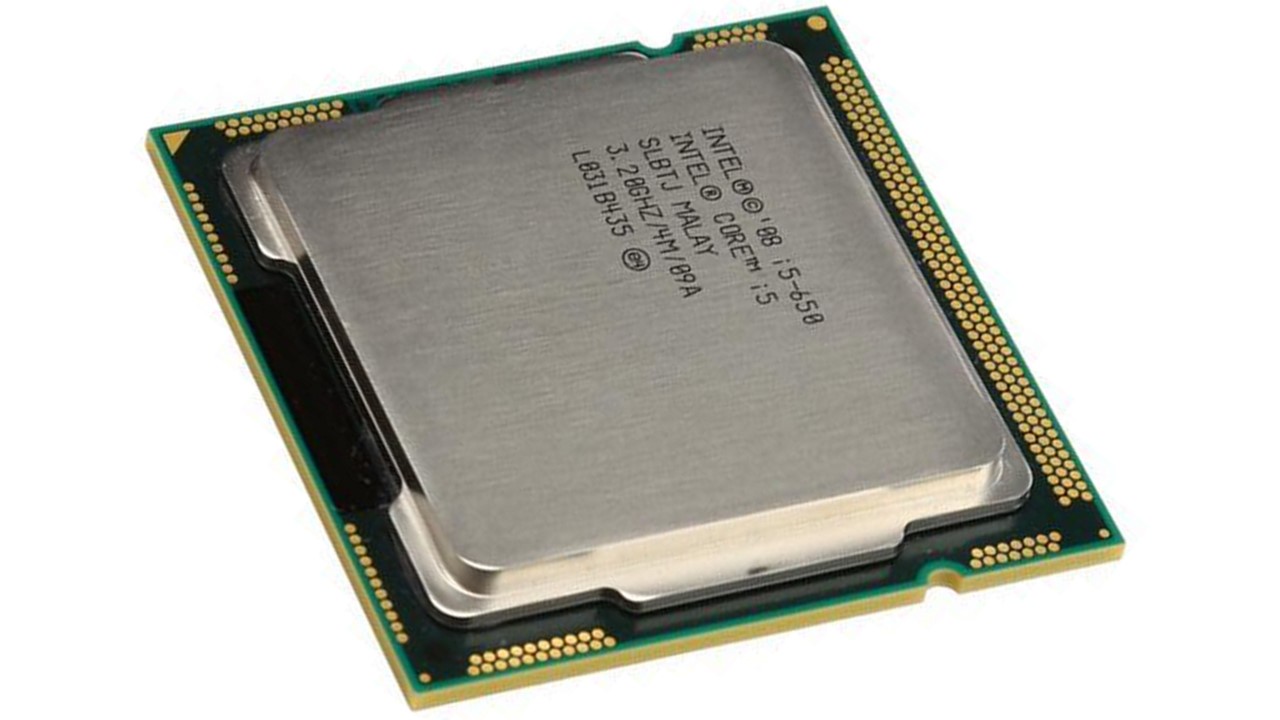In This Article
What is Clarkdale Processor?
The term Clarkdale refers to the codename of microprocessors built on the 32 nm fabrication process. They typically belong to the 1st generation of the Intel Core i3, i5, and Celeron, Pentium, and Xeon families.
Designed by Intel, these are, usually, dual core processors and are the successors of the Wolfdale dual core processors.
However, technically, these CPU chips typically contain most of the major components of Northbridge.
KEY TAKEAWAYS
- The Clarkdale processors are designed as desktop CPUs but they are also available in a mobile version, where the features are very much similar to those of the Arrandale processors.
- These CPUs are quite fast to complete a task and deliver the results in quick time, but in terms of graphics, they are good for the less demanding titles only.
- There are typically two cores in these processors built on the Westmere microarchitecture.
- The Clarkdale processors have the specific features and a lot of new options to support basic and complex computing tasks, but they can deliver little help in the more difficult gaming scenarios.
- Usually built on a 32 nm technology node, these processors are available under different brand names such as Intel Core i3 and i5, Intel Pentium, Celeron, and Intel Xeon.
Understanding Clarkdale Processor

Clarkdale refers to the Intel Core i3, Core i5, Celeron, Pentium and Xeon processors belonging to the 1st generation.
You will find most of the Northbridge components in the Clarkdale processors such as:
- The memory controller
- Integrated graphics
- Peripheral Component Interconnect Express or PCIe for external graphics
- The DMI connector
The inclusion of all these components makes it possible to create more compact systems which will not need a separate Northbridge or a dedicated graphics unit as it is usually required in the other architectures such as Lynnfield.
There are actually two dies in the Clarkdale processor package. These are:
- The 32 nm processor die, which is complete with the I/O connections and
- The integrated 45 nm graphics and memory controller die.
However, there is a notable physical separation between the memory controller and the processor die.
This causes amplified memory latency as compared to those CPUs that do not have them separated.
The mobile counterpart of the Clarkdale processors is Arrandale.
They are both closely related and have similar components and design features such as:
- They both use dual-core dies
- They are both based on 32 nm technology node
- They both have Westmere microarchitecture
- Both of them are equipped with PCI Express
- They both come with integrated Graphics
- There are Desktop Management Interface or DMI links built into them both
Brand names
The Clarkdale processors are sold under different brand names, each having varying features. These are the following:
- Intel Celeron G1xxx series with a Level 3 cache size of 2 MB and a TDP of 73 watts
- Intel Pentium G6xxx series with a Level 3 cache size of 3 MB and a TDP of 73 watts
- Intel Core i3 5xx series with a Level 3 cache size of 4 MB and a TDP of 73 watts
- Intel Core i5 6xx series with a Level 3 cache size of 4 MB and a TDP ranging between 73 watts and 87 watts
- Intel Xeon L340x series with a Level 3 cache size of 4 MB and a TDP of 30 watts
Here, the Core i5 versions are different from their Core i3 counterparts, usually having all the features enabled in them, though a few models lack TXT and Intel VT-d as opposed to the Core i3 versions.
Similarly, the Intel Celeron and Pentium versions usually do not support SMT, or Simultaneous Multithreading, and can only use a small amount of Level 3 cache.
The Xeon variants usually support all the features of the Core i5 CPUs, and along with it, a few specific models also support unbuffered Error Correction Code or ECC memory.
However, these processors typically have a lower Thermal Design Power (TDP) and clock frequency.
General specifications
Here are a few general specifications of the Clarkdale processors summarized for you:
- The processors were launched on January 7, 2010
- The maximum CPU clock rate attained ranges between 2.27 GHz and 3.6 GHz
- The Level 2 cache measures 256 KB per core
- The Level 3 cache measures 4 MB
- The technology node of these processors is 32 nm
- They follow the Westmere microarchitecture
- There are two cores in these processors
- The socket type of these CPUs is LGA 1156
Instruction sets and extensions support
The Clarkdale processors support x86 and x86-64 instruction sets and quite a few extensions of theirs, such as:
- MMX or MultiMedia eXtensions
- AES-NI or Advanced Encryption Standard New Instructions
- SSE or Streaming SIMD Extensions, along with all its variants such as SSE2, SSE3, SSSE3, SSE4.1, and SSE4.2
What Generation is Clarkdale?
As said earlier, typically, the Clarkdale processors belong to the 1st generation of dual core desktop processors from the Intel Core i3, Core i5, Xeon, Celeron, and Intel Pentium families.
Conclusion
The Clarkdale CPUs are quite good options since they offer a fairly high price-to-performance ratio.
In spite of the two cores in them, these chips come with all those precise features that help in doing both basic and a few complex tasks on them.
Still, a lot of help should not be expected while playing advanced games.